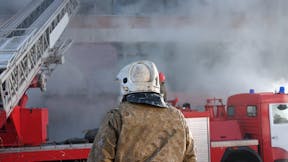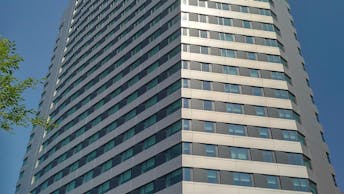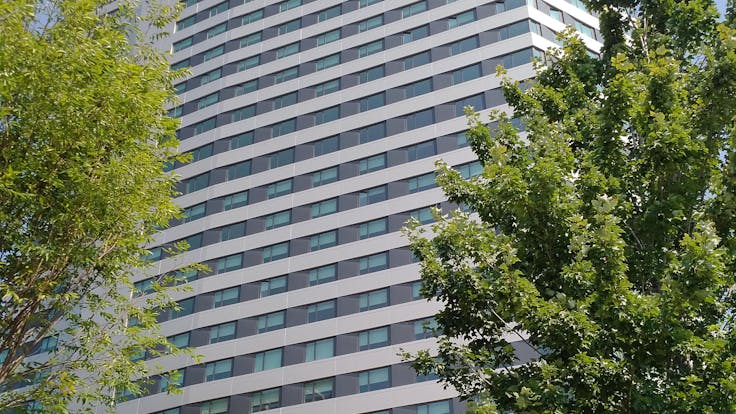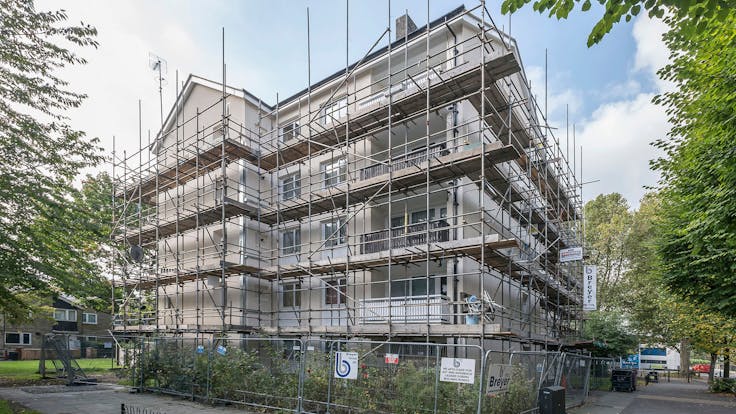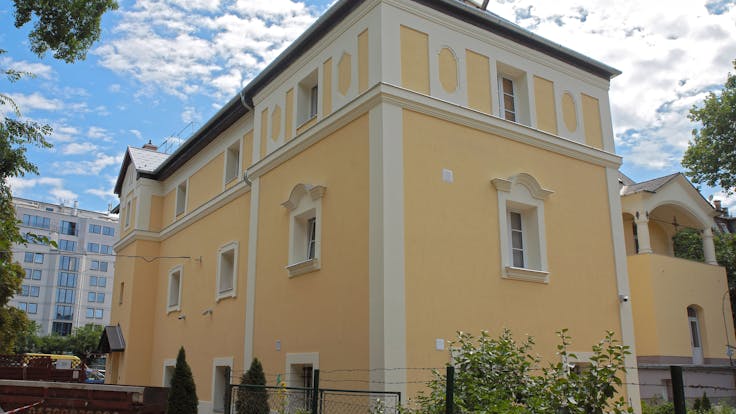High-rise energy saving
The world’s largest, tallest Passive House building is helping New York City meet aggressive CO2 targets
New York City has set itself some ambitious environmental goals. It’s aiming for a 50 percent cut in lower Manhattan’s CO2 emissions by 2030, and a city-wide 80 percent reduction by 2050. In a densely-packed metropolis where the built environment creates 70–75 percent of greenhouse gas emissions, nearly all generated by heating and cooling systems, better buildings are the solution.
The House at Cornell Tech is showing what’s possible. Standing tall at 26 storeys, this residential facility for students, staff and faculty is the largest and highest building ever built to the demanding Passive House standard. This approach to building, which was pioneered in Germany, maximises the use of passive measures (or solutions) to reduce the energy need using insulation in the design of the building. Strict limits on energy use for heating, cooling and thermal comfort are applied as a criteria, in order to place the focus on efficiency first.
High quality insulation is central to passive construction, creating an optimal indoor climate by minimising the need for active heating and cooling. In The House, architects exclusively used ROCKWOOL stone wool products. A 280mm thickness of CAVITYROCK® semi-rigid insulation boards as well as AFB® and ROCKBOARD® are used to wrap the building in an insulated blanket. And as well as helping The House meet the Passive House standard, non-combustible stone wool provides the acoustic insulation and fire safety that’s essential in multi-storey residential buildings.
It’s estimated that The House will save 882 tonnes of CO2 emissions per year – the equivalent of planting 5,300 new trees – helping New York City in its quest to lighten its environmental footprint.
Project location
Cornell Tech
2 W Loop Rd
New York, NY 10044

